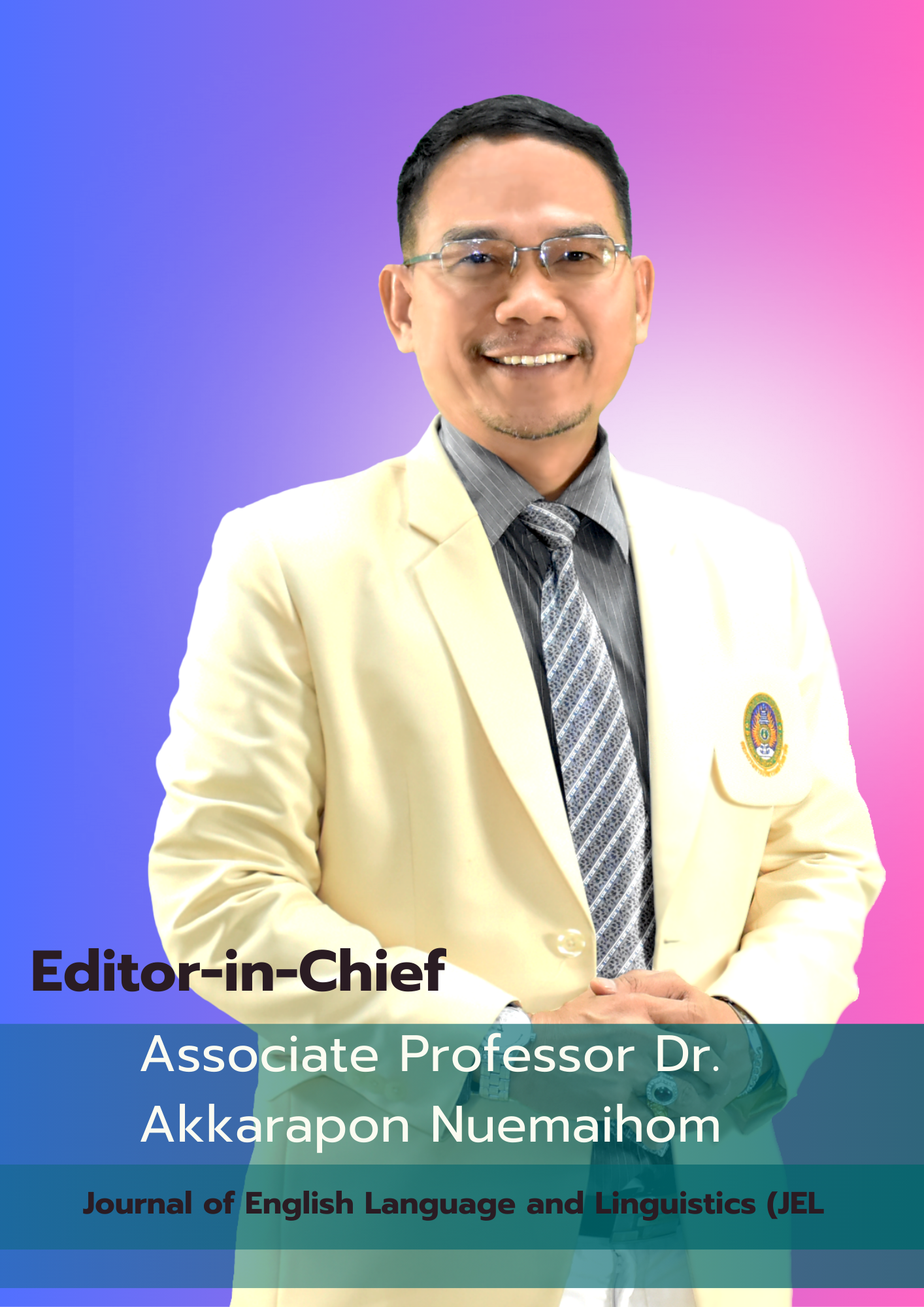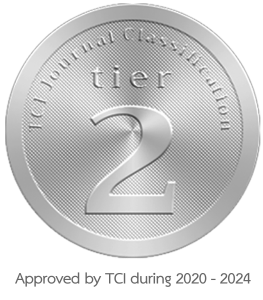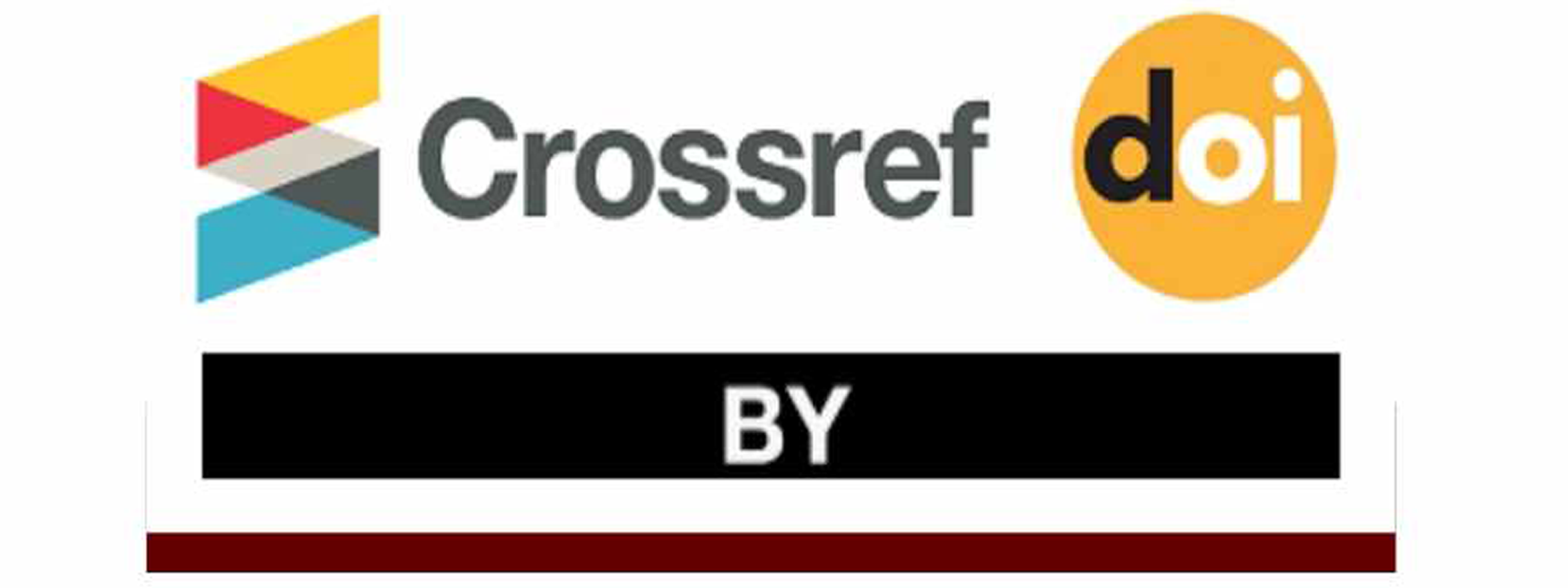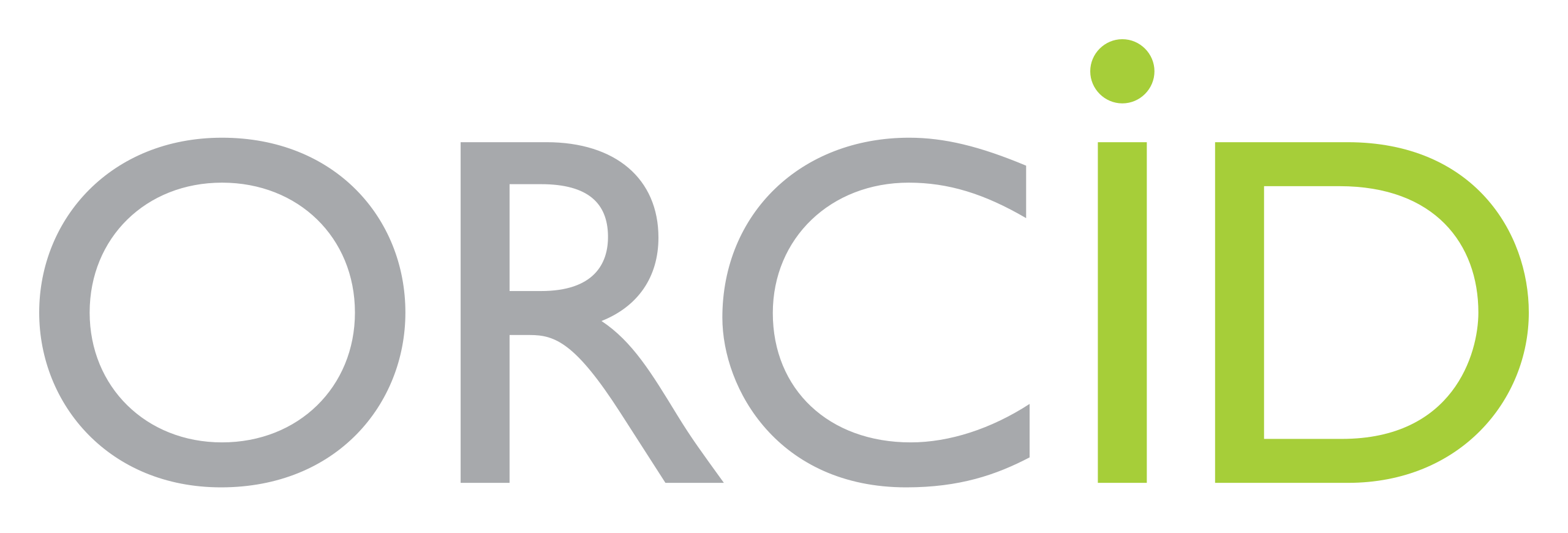Translanguaging as interactional resources employed by students in EFL student-led group task interaction
DOI:
https://doi.org/10.62819/jel.2024.145Keywords:
conversation analysis, EFL classroom, interactional features, student-student classroom interaction, translanguagingAbstract
This study aimed to investigate the strategies used by students during group task interaction in an EFL classroom. It also focused on translanguaging practices as one of the interactional resources to facilitate communication and interaction among students. The data were collected by recording the classroom discussions of a focused group in an EFL class at a Chinese university over three class hours. The analysis was carried out using conversation analytic methodology. The study revealed various interactional features in turn construction. Students often used single learner turns to show their agreement and extended learner turns with clarification or explanation to support their ideas for turn-taking. Concerning turn passing, students prefer to use open-ended questions to ask for opinions; they also use open-ended questions to ask for opinions, confirmation checks for meaningful understanding, and extended wait times for other speakers to take turns. Moreover, gaze was also noticed when they passed the turn to the others. Regarding self-repairs and peer repairs, they often made content-focused repairs rather than form-focused ones, and students with higher English proficiency usually provided support. Translanguaging was an effective strategy to facilitate peer interaction and avoid errors in meaning-making. This study has important implications for language teaching and learning policy, highlighting the need to encourage prospective teachers to practice translanguaging to facilitate classroom interaction and second language acquisition.
References
Afriadi, R., & Hamzah, H. (2021). Exploring translanguaging practice in EFL classroom talk. English Language and Literature International Conference (ELLiC) Proceedings, 4, 99–107.
Amoah, S., & Yeboah, J. (2021). The speaking difficulties of Chinese EFL learners and their motivation towards speaking the English language. Journal of Language and Linguistic Studies, 17(1), 56–69.
Anderson, J. (2017). Reimagining English language learners from a translingual perspective. ELT Journal, 72(1), 26–37. https://doi.org/10.1093/elt/ccx029
Auer, P. (2021). Turn-allocation and gaze: A multimodal revision of the “current-speaker-selects-next” rule of the turn-taking system of conversation analysis. Discourse Studies, 23(2), 117–140.
Barnes, R. K. (2019). Conversation analysis of communication in medical care: Description and beyond. Research on Language and Social Interaction, 52(3), 300–315.
Betti, M. J., & Mahdi, M. A. (2020). A conversation analysis of repair trouble sources, inadequacy and positions in the Iraqi university viva discussions in English. International Linguistics Research, 3(4), 69–69.
Brown, A. (2023). Monolingual versus multilingual foreign language teaching: French and Arabic at beginning levels. Language Teaching Research, 27(6), 1634–1659. https://doi.org/10.1177/1362168821990347
Cekaite, A. (2007). A child’s development of interactional competence in a Swedish L2 classroom. The Modern Language Journal, 91(1), 45–62.
Cesaria, A., Kemal, E., & Adnan, M. (2023). How does the bilingualism improve the student English ability: A discourse case study on higher education. Journal of Pragmatics and Discourse Research, 3(2), 122–136.
Doehler, S. P., & Pochon-Berger, E. (2011). Developing ‘methods’ for interaction: A cross-sectional study of disagreement sequences in French L2. L2 Interactional Competence and Development, 56, 206.
Fallas Escobar, C. (2019). Translanguaging by design in EFL classrooms. Classroom Discourse, 10(3–4), 290–305.
García, O. (2009). Education, multilingualism and translanguaging in the 21st century. Social Justice through Multilingual Education, 140–158.
García, O., & Kano, N. (2014). Translanguaging as process and pedagogy: Developing the English writing of Japanese students in the US. The Multilingual Turn in Languages Education: Opportunities and Challenges, 258–277.
García, O., & Li, W. (2014). Translanguaging and education. In Translanguaging: Language, bilingualism and education (pp. 63–77). Springer.
Hall, J. K. (1993). The role of oral practices in the accomplishment of our everyday lives: The sociocultural dimension of interaction with implications for the learning of another language1. Applied Linguistics, 14(2), 145–166.
Hall, J. K. (1995). (Re) creating our worlds with words: A sociohistorical perspective of face-to-face interaction. Applied Linguistics, 16(2), 206–232.
He, A. W., & Young, R. (1998). Language proficiency interviews: A discourse approach. Talking and Testing: Discourse Approaches to the Assessment of Oral Proficiency, 14, 1–24.
Hellermann, J. (2008). Social actions for classroom language learning (Vol. 6). Multilingual Matters.
Hellermann, J. (2009). Looking for evidence of language learning in practices for repair: A case study of self-initiated self-repair by an adult learner of English. Scandinavian Journal of Educational Research, 53(2), 113–132.
Hellermann, J. (2011). Members’ methods, members’ competencies: Looking for evidence of language learning in longitudinal investigations of other-initiated repair. L2 Interactional Competence and Development, 147–172.
Heritage, J. (2004). 5 conversation analysis and institutional talk. In Handbook of Language and social interaction (pp. 103–147). Psychology Press.
Huang, X., & Chalmers, H. (2023). Implementation and effects of pedagogical translanguaging in EFL classrooms: A systematic review. Languages, 8(3), 194. https://doi.org/10.3390/languages8030194
Kampittayakul, T. (2017). Developing Thai learners’ CIC through translanguaging in one on-one English tutorial sessions. The New English Teacher, 11(1), 69.
Kampittayakul, T. (2019). The role of translanguaging in improving Thai learners’ interactional competence in dyadic" English as a foreign language" tutorial sessions. PASAA: Journal of Language Teaching and Learning in Thailand, 56, 80–111.
Kendrick, K. H., Holler, J., & Levinson, S. C. (2023). Turn-taking in human face-to-face interaction is multimodal: Gaze direction and manual gestures aid the coordination of turn transitions. Philosophical Transactions of the Royal Society B, 378(1875), 20210473.
Khairunnisa, K., & Lukmana, I. (2020). Teachers’ attitudes towards translanguaging in Indonesian EFL classrooms. Jurnal Penelitian Pendidikan, 20(2), 254–266.
Kramsch, C. (1986). From language proficiency to interactional competence. The Modern Language Journal, 70(4), 366–372.
Lestary, A., Krismanti, N., & Hermaniar, Y. (2018). Interruptions and silences in conversations: A Turn-Taking analysis. PAROLE: Journal of Linguistics and Education, 7(2), 53–64.
Lu, M. (2017). Causes and Solutions to the Phonomenon of “Dumb English” for Colloge Students. New Campus(Reading), 04, 54–55.
Maimaitiyiming, X. (2017). Invesitigation of methods to develop English speaking competence of college students. Overseas English, 08, 88–89.
Markee, N. (2015). Giving and following pedagogical instructions in task-based instruction: An ethnomethodological perspective. International Perspectives on ELT Classroom Interaction, 110–128.
Meredith, J. (2019). Conversation analysis and online interaction. Research on Language and Social Interaction, 52(3), 241–256.
Mondada, L. (2013). Conversation analysis and institutional interaction. The Encyclopedia of Applied Linguistics, 1005–1011.
Moorhouse, B. L., Li, Y., & Walsh, S. (2023). E-classroom interactional competencies: Mediating and assisting language learning during synchronous online Lessons. RELC Journal, 54(1), 114–128. https://doi.org/10.1177/0033688220985274
Otheguy, R., García, O., & Reid, W. (2015). Clarifying translanguaging and deconstructing named languages: A perspective from linguistics. Applied Linguistics Review, 6(3), 281–307.
Pekarek Doehler, S., & Berger, E. (2018). L2 interactional competence as increased ability for context-sensitive conduct: A longitudinal study of story-openings. Applied Linguistics, 39(4), 555–578.
Peräkylä, A. (2019). Conversation analysis and psychotherapy: Identifying transformative sequences. Research on Language and Social Interaction, 52(3), 257–280.
Rabbidge, M. (2019). The effects of translanguaging on participation in EFL classrooms. Journal of Asia TEFL, 16, 1069–1453. https://doi.org/10.18823/asiatefl.2019.16.4.15.1305
Sacks, H., Schegloff, E., & Jefferson, G. (1974). A simple systematic for the organization of turn taking in conversation. Language, 50, 696–735. https://doi.org/10.2307/412243
Sahib, R. (2019). Translanguaging as a pedagogical strategy in EFL classroom. ELT-Lectura, 6(2), 139–146.
Schegloff, E. A., & Sacks, H. (1973). Opening up closings. Semiotica, 8(4), 289–327.
Seedhouse, P. (2004). The interactional architecture of the language classroom: A conversation analysis perspective. Language Learning, 54(Suppl1). https://doi.org/1467-9922.2004.00266.x
Seedhouse, P. (2005). Conversation analysis and language learning. Language Teaching, 38(4), 165–187.
Urmeneta, C. E., & Walsh, S. (2017). Classroom interactional competence in content and language integrated learning. Language Learning & Language Teaching Applied Linguistics Perspectives on CLIL, 183–200.
Vygotsky, L. (1978). Interaction between learning and development. Readings on the Development of Children, 23(3), 34–41.
Walsh, S. (2002). Construction or obstruction: Teacher talk and learner involvement in the EFL classroom. Language Teaching Research, 6(1), 3–23. https://doi.org/10.1191/1362168802lr095oa
Walsh, S. (2011). Exploring classroom discourse: Language in action. Routledge.
Walsh, S. (2012). Conceptualising classroom interactional competence. Novitas-Royal, 6(1).
Walsh, S. (2014). Developing classroom interactional competence. Language Issues: The ESOL Journal, 25(1), 4–8.
Walsh, S., & Li, L. (2016). Classroom talk, interaction and collaboration. In The Routledge handbook of English language teaching (pp. 504–516). Routledge.
Williams, C. (1994). Arfarniad o ddulliau dysgu ac addysgu yng nghyd-destun addysg uwchradd ddwyieithog [PhD Thesis]. Prifysgol Bangor University.
Williams, C. (2002). Extending bilingualism in the education system. Education and Lifelong Learning Committee ELL-06, 2.
Yin, B. (2007). Causes and measures to solve the “dumb English” for Chinese college students. Journal of Chizhou Teachers College, 01, 109–112.
Young, R. F. (2000). Interactional Competence: Challenges for Validity.
Young, R. F. (2003). Learning to talk the talk and walk the walk. North Eastern Illinois University Working Papers in Linguistics, 2, 26–44.
Yuvayapan, F. (2019). Translanguaging in EFL classrooms: Teachers’ perceptions and practices. Journal of Language and Linguistic Studies, 15(2), 678–694.
Zhang, C. (2010). Causes and solutions to Chinese college students’ “dump English” under the trend of economic globalization. Journal of Hebei University of Engineering(Social Science Edition), 27(01), 62–63.



















